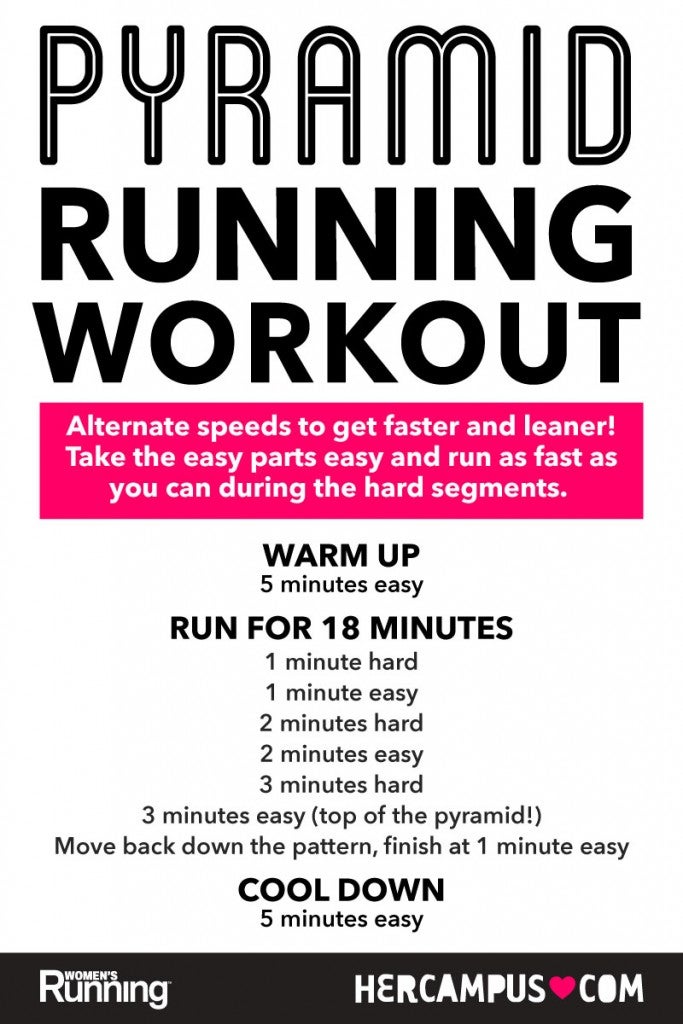Turbocharge Your Runs: Open Your Possible with Strategic Running Workouts
Turbocharge Your Runs: Open Your Possible with Strategic Running Workouts
Blog Article
Conquering Pain in Operating: Techniques and Techniques That Job
Discomfort is a typical companion for several runners, typically serving as an obstacle to achieving their desired objectives. With the right approaches and techniques, it is feasible to overcome and also avoid the pain associated with running. By exploring different strategies such as recognizing the various sorts of running pain, optimizing shoes and kind, incorporating cross-training and strength workouts, implementing reliable recuperation approaches, and keeping appropriate nutrition and hydration, runners can potentially reduce their discomfort and enhance their general running experience.
Understanding Different Sorts Of Running Pain

One more kind of running discomfort is joint discomfort, which can show up as a sharp or throbbing discomfort in areas such as the knees, hips, or ankle joints (running strategy). Joint discomfort may be created by factors like incorrect running type, overuse, or underlying problems like joint inflammation (read this article). It is necessary to set apart in between muscle pain and joint pain, as the latter might need clinical focus to avoid further injury
Comprehending the different types of running pain is important for reliable administration and prevention techniques to make sure a risk-free and delightful running experience.
Correct Shoes and Running Type
To maximize efficiency and minimize the risk of running-related injuries, selecting proper shoes and preserving proper running kind are important elements for joggers of all levels. It is suggested to pick running shoes that are particularly developed for the individual's foot kind, running gait, and the type of running task they engage in.

Cross-Training and Toughness Exercises
Toughness workouts, like squats, lunges, and core workouts, play a crucial duty in maintaining muscular tissues and enhancing running performance. They can remedy muscle mass discrepancies, boost agility, and improve power outcome, all of which are vital for running performance.
Integrating cross-training and stamina workouts into a running routine should be done tactically. It is necessary to permit for appropriate remainder between running sessions and cross-training tasks to avoid overuse injuries. Furthermore, concentrating on proper form and strategy during strength exercises is vital to optimizing their advantages and lowering the risk of injury. By including these components right into a running routine, runners can build a more powerful structure, improve efficiency, and take pleasure in an extra sustainable running experience.
Healing and Rest Techniques
Having established the importance of cross-training and strength workouts in an extensive running regimen, interest can now be directed in the direction of Recuperation and Relax Strategies as important parts for enhancing efficiency and minimizing the risk of injuries. (running workout)
Healing after running is crucial for muscle repair work and development. Methods such as foam rolling, stretching, and massage assistance in reducing muscle mass discomfort and boosting flexibility. Sufficient rest in between runs permits the body to recover and adjust to the physical stress and anxiety, preventing overuse injuries.
Incorporating active healing days into a training timetable, where low-intensity tasks like strolling or cycling are performed, can improve blood flow and promote healing without putting excess pressure on the muscle mass. Furthermore, correct hydration and nourishment play a vital role in the recovery process by replenishing shed fluids and nutrients.
Quality sleep is one more crucial aspect of recovery that need to not be overlooked. During rest, the body goes through repair work and regeneration procedures, adding to overall physical and mental wellness. By focusing on recuperation and remainder methods, joggers can maintain ideal efficiency levels and lower the visit here probability of experiencing discomfort or injuries.
Nutrition and Hydration for Runners
Carbohydrates give power for running, while healthy proteins help in muscular tissue repair work and recovery. Sufficient hydration is likewise crucial to keep optimum efficiency, as also light dehydration can adversely impact running performance. In addition, timing dishes and snacks suitably prior to runs can assist avoid intestinal discomfort and give the essential energy for peak performance.
Final Thought
In final thought, by recognizing the various kinds of running pain, putting on appropriate shoes, maintaining right running type, incorporating cross-training and strength exercises, prioritizing recuperation and remainder, and focusing on nourishment and hydration, runners can efficiently get rid of discomfort and boost their efficiency. Carrying out these strategies and strategies can assist runners avoid injuries, boost their endurance, and eventually delight in an extra meeting running experience.
Report this page